Oppo’s latest mid-range phone series is now also available in Europe, a few months after its initial launch in China. In terms of audio, while the Chinese version is only equipped with a single speaker, the European model features two speakers, and boasts a Dolby partnership promising “immersive and dynamic high-end sound”.
We put the Oppo Reno6 Pro 5G’s European version, which is powered by Qualcomm’s Snapdragon chipset, through our rigorous DXOMARK Audio test suite to measure its performance both at recording sound using its built-in microphones, and at playing audio back through its speakers. In this review, we will break down how it fared in a variety of tests and several common use cases.
Key audio specifications include:
- One top front-firing speaker, and one bottom-firing speaker
- Dolby Atmos technology
- USB Type C for headphones
About DXOMARK Audio tests: For scoring and analysis in our smartphone audio reviews, DXOMARK engineers perform a variety of objective tests and undertake more than 20 hours of perceptual evaluation under controlled lab conditions. This article highlights the most important results of our testing. Note that we evaluate both Playback and Recording using only the device’s built-in hardware and default apps.
(For more details about our Playback protocol, click here; for more details about our Recording protocol, click here.)
Test summary
Scoring
Sub-scores and attributes included in the calculations of the global score.
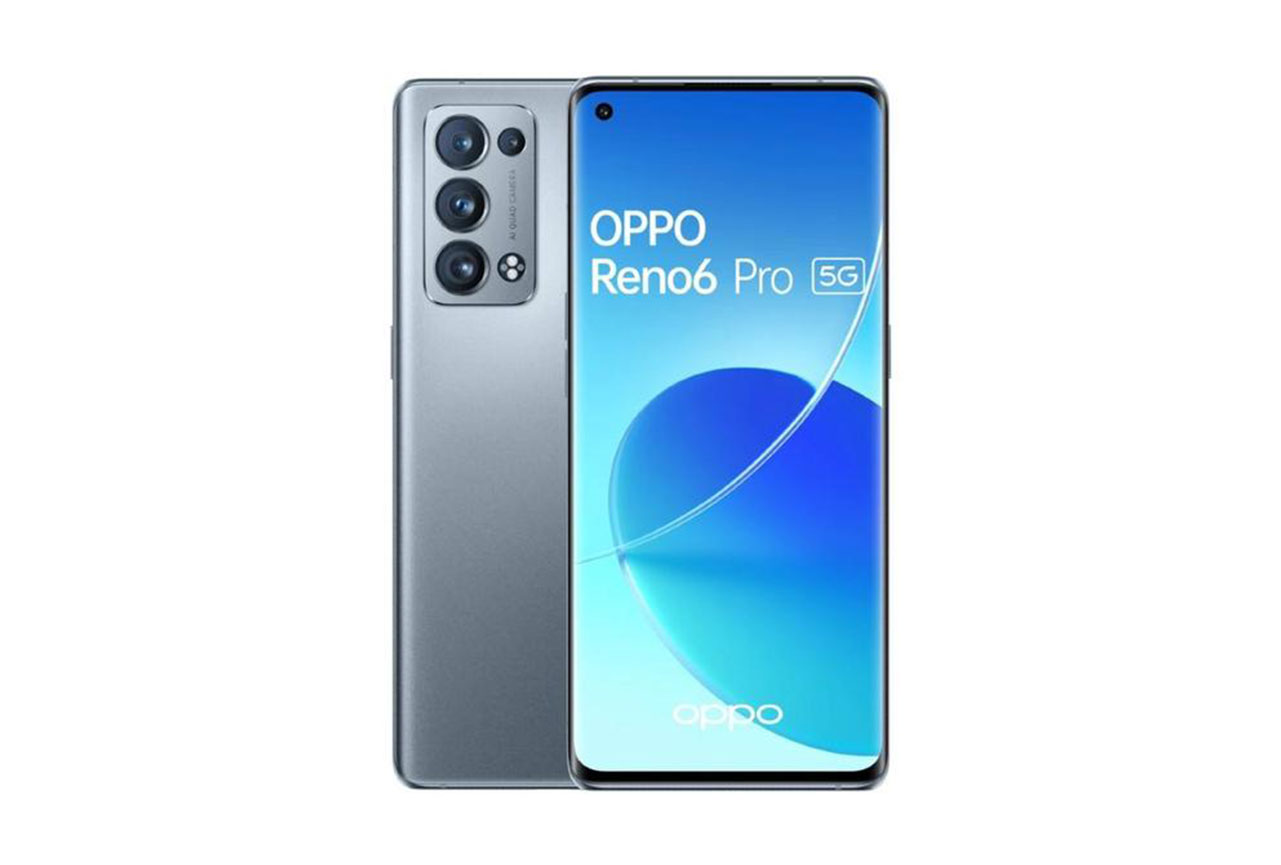
Oppo Reno6 Pro 5G


 165th
165th 47th
47thPlayback
Cons
- The tonal balance is heavily impaired by a strong lack of bass, as well as high- and low-end extension.
- Maximum volume loudness is below average.
Recording
Cons
- The tonal balance is very midrange-focused and sounds nasally, in addition to exhibiting resonances.
- Noise cancellation is a bit overzealous at times, affecting the signal envelope, as well as timbre and localizability.
The Oppo Reno6 Pro 5G’s global Audio score of 62 places it below the average of all the phones we’ve tested to date, between devices such as the ZTE Axon 30 Ultra, and the Oppo Find X3 Neo.
In playback testing, the Oppo Reno6 Pro 5G earns below-average to average marks in all categories. It makes a decent playmate for gaming thanks to the quasi-absence of sonic artifacts, acceptable wideness, and correct distance rendering. Additionally, the minimum volume is well tuned, and the distribution of steps across the volume scale is consistent. On the other hand, the frequency response is heavily unbalanced, with a strong focus on midrange, and a lack of both high- and low-end extension. Besides localizability of the sources within the sound field, this also affects all dynamic attributes. Finally, note that the global left-right balance is skewed towards the right side of the device, when used in landscape mode.
The Reno6 Pro 5G turns in a more contrasted performance in the recording area. While timbre and background quality are well below average — due to a (yet again) highly midrange-focused tonal balance, resonances, and an occasional excessive noise cancellation — the phone reaches very good sub-scores in the spatial and volume categories. Recordings ensure good wideness and distance capture, great loudness, and an excellent signal-to-noise ratio.
Sub-scores explained
The DXOMARK Audio overall score of 62 for the Oppo Reno6 Pro 5G is derived from its Playback and Recording scores and their respective sub-scores. In this section, we’ll take a closer look at these audio quality sub-scores and explain what they mean for the user.
Playback

Timbre
Oppo Reno6 Pro 5G
59
89
Timbre tests measure how well a phone reproduces sound across the audible tonal range and takes into account bass, midrange, treble, tonal balance, and volume dependency.
Overall, the Oppo Reno6 Pro 5G’s timbre is focused on the upper midrange. While treble sounds a bit dull, high-end extension is very limited, resulting in inconsistencies in the upper register. Low-end extension, as well as bass, is also strongly lacking.
Midrange is rather decent, despite a lack of low mid warmth (particularly perceivable on voice-only content), and the prominence of high mids.
You can hear for yourself the differences in timbre (and other attributes) between the Oppo Reno6 Pro 5G and two of its competitors in the following sample:
DXOMARK’s dynamics tests measure how well a device reproduces the energy level of a sound source, and how precisely it reproduces bass frequencies.
With such substantial bass loss, the Reno6 Pro 5G really isn’t equipped to shine in our bass precision tests. Attack isn’t very good either — transient sounds are rounded and unprecise, especially at soft volumes — and punch is very weak due to the lack of low mids, impairing the speakers’ ability to properly reproduce impacts.

Spatial
Oppo Reno6 Pro 5G
49
88
The sub-attributes for perceptual spatial tests include localizability, balance, distance, and wideness.
Although the European version is stereo, wideness is decent, but fairly limited. Localizability suffers from unstable source positions within the sound field. Balance between the left and right channels is not ideal, since supposedly centered signals are perceived to the right side of the device in landscape mode. Finally, distance rendering is rather realistic, even though voices sound slightly veiled.
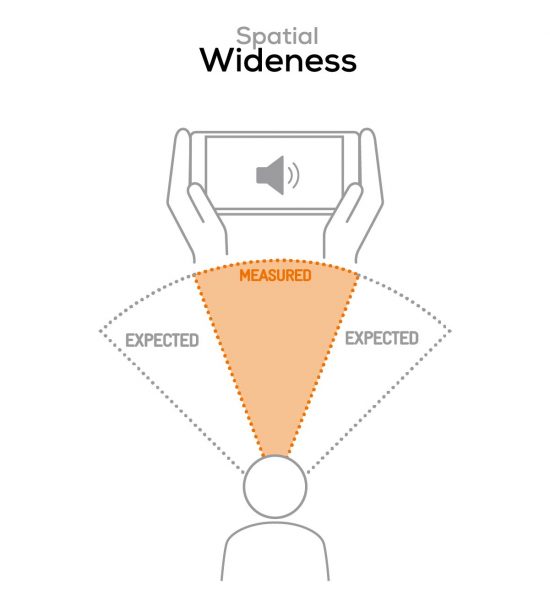
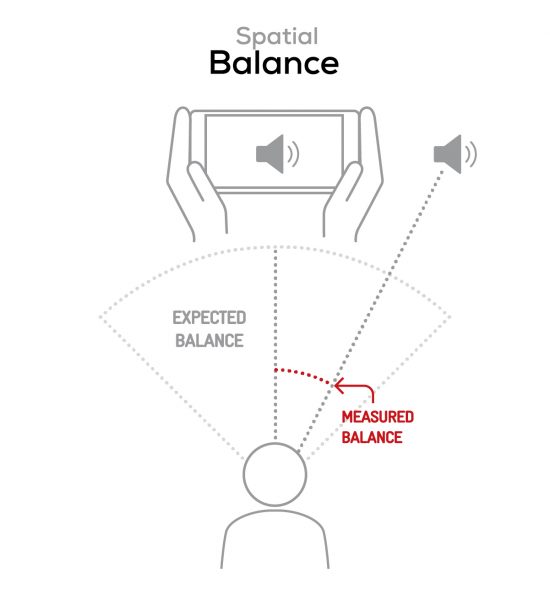

Volume
Oppo Reno6 Pro 5G
66
91
Volume tests measure both the overall loudness a device is able to reproduce and how smoothly volume increases and decreases based on user input.
Except for subpar loudness at maximum level, the phone’s volume performance is globally satisfying. Here are a few sound pressure levels (SPL) measured when playing our sample recordings of hip-hop and classical music at maximum volume:
| Hip-Hop | Classical | |
| Oppo Reno6 Pro 5G (Snapdragon) | 73.9 dBA | 68.8 dBA |
| Xiaomi 11T Pro | 73.4 dBA | 70.1 dBA |
| OnePlus 9 Pro | 75.5 dBA | 72.4 dBA |
The minimum volume step is very well tuned, allowing highly dynamic content (such as movies and classical music) to remain entirely intelligible. Additionally, the distribution of volume steps from softest to loudest is thoroughly consistent and natural, as shown in the graph below.

Artifacts
Oppo Reno6 Pro 5G
89
113
Artifacts tests measure how much source audio is distorted when played back through a device’s speakers. Distortion can occur both because of sound processing in the device and because of the quality of the speakers.
The speakers have an excellent behavior at nominal volume, in that they essentially exhibit no noticeable artifact, whether temporal (compression) or spectral (distortion). That said, noise is slightly enhanced on reference tracks, and bass distortion can be slightly noticeable. At maximum volume, both temporal and spectral artifacts arise, but nothing too problematic.
Recording

Timbre
Oppo Reno6 Pro 5G
60
91
In recording too, timbre is very midrange-focused — while not unpleasant, it lacks low midrange warmth and high-midrange clarity, resulting in a nasally and unnatural sound. Severely recessed treble induces a muffled sonority, and on the other side of the spectrum, bass and low-end extension are also lacking.
Despite all this, the tonal balance remains rather adequate in most situations.

Dynamics
Oppo Reno6 Pro 5G
67
81
As a recording device, the Reno6 Pro 5G delivers substantially better dynamics than in playback, thanks to an efficient noise reduction algorithm. The signal-to-noise ratio thus reaches an excellent sub-score, at the expense of the envelope‘s sub-score: on top of a slight compression, transients are affected by the noise reduction algorithm.
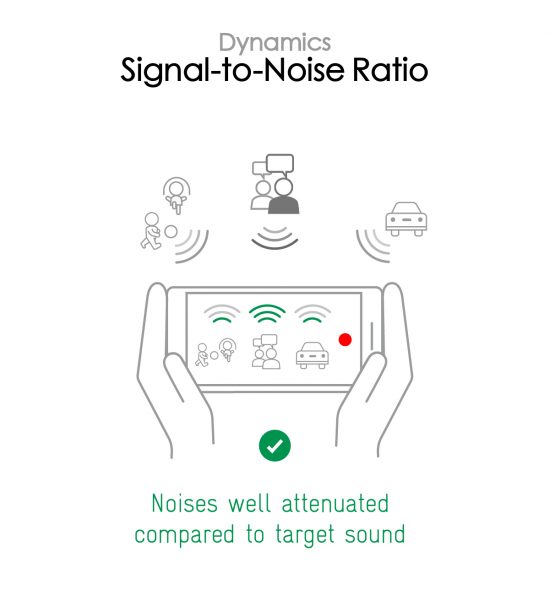
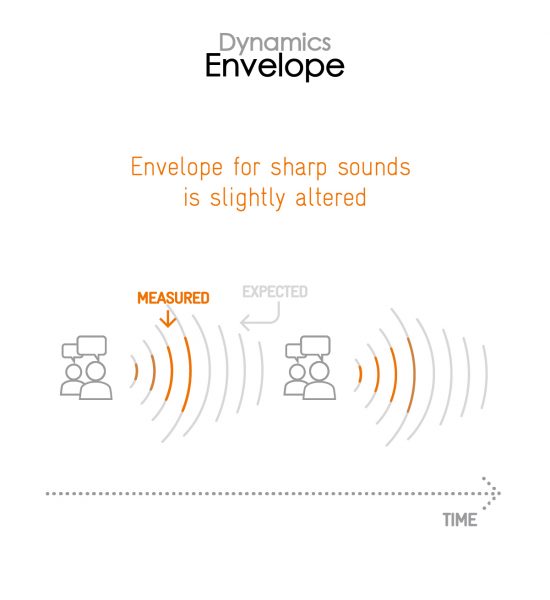
When recording in loud environments, compression becomes quite noticeable, further impairing the captured sounds’ envelope.

Spatial
Oppo Reno6 Pro 5G
63
78
The Reno6 Pro 5G turns in an honorable performance in the spatial category thanks to appreciable wideness in landscape mode and when recording meetings, as well as realistic distance capture.
While localizability is perfectly decent in our domestic and meeting situations, it lacks precision in more urban scenarios. The reason could be that the noise reduction algorithm is triggered by a louder background, impairing localizability of sound sources. That, and the lack of treble.

Volume
Oppo Reno6 Pro 5G
74
99
Maximum level reachable without noticeable distortion is acceptably high, which means the Reno6 Pro 5G fares relatively well when recording in loud environments. Nominal level, on its part, is very good — especially in life videos and meeting recordings. Here are our test results, measured in LUFS (Loudness Unit Full Scale); as a reference, we expect loudness levels to be above -24 LUFS for recorded content:
| Meeting | Life Video | Selfie Video | Memo | |
| Oppo Reno6 Pro 5G (Snapdragon) | -21.6 LUFS | -16.6 LUFS | -15.4 LUFS | -17.1 LUFS |
| Xiaomi 11T Pro | -28.1 LUFS | -26.3 LUFS | -23.9 LUFS | -22.4 LUFS |
| OnePlus 9 Pro | -23.5 LUFS | -22 LUFS | -24.7 LUFS | -15.1 LUFS |

Artifacts
Oppo Reno6 Pro 5G
66
97
While the noise canceling algorithm is quite effective, it can at times become overzealous. It thus induces unusual artifacts such as sudden volume drops in the background accompanied by fluctuations in the main signal’s volume and timbre, which can even manifest slight phasing issues. Additionally, our engineers noted the presence of a noticeable albeit reasonable compression, especially when recording in loud environments. That all said, as a recording device, the Reno6 Pro 5G ensures an overall decent capacity of keeping undesirable sounds to a minimum, regardless of the use case. You can check for artifacts yourself in this sample recording:

Background
Oppo Reno6 Pro 5G
29
60
Recordings made with the Reno6 Pro present a pretty good and natural background tonal balance, despite a substantial lack of treble, high-midrange clarity, and bass. However, note that the background’s timbre may be affected by the noise cancellation algorithm, occasionally inducing phase issues.
Conclusion
While the Reno6 Pro 5G doesn’t excel either at playback or at recording, it manages to remain fairly functional. Oppo’s Pro model in its latest mid-range phone series can make a decent gaming companion and a sufficient device for filming selfie videos or recording meetings and memos.


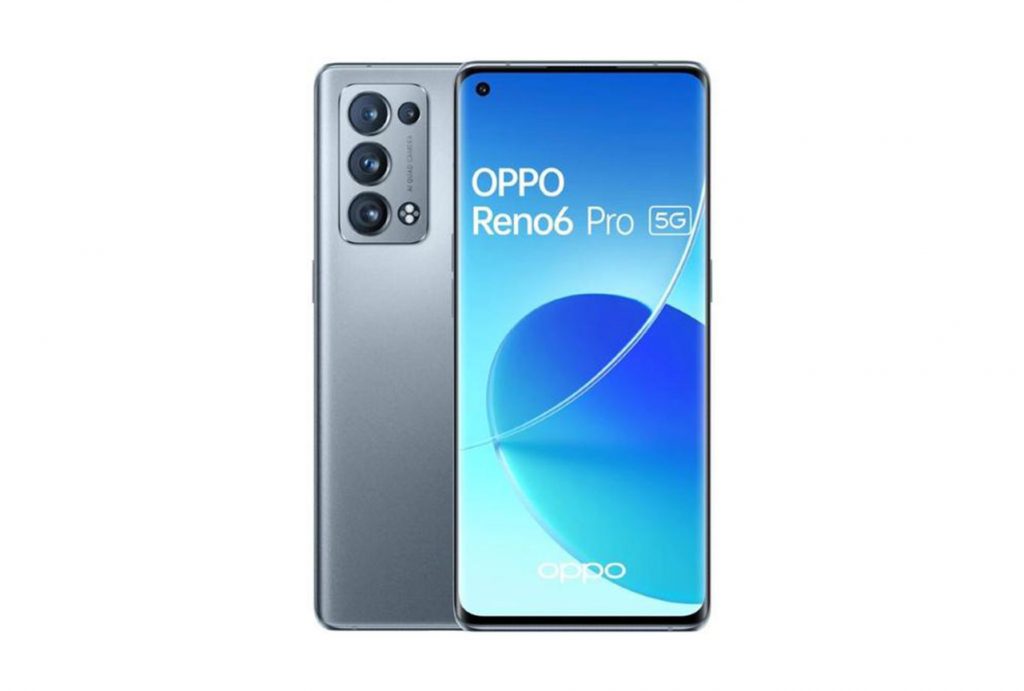
DXOMARK encourages its readers to share comments on the articles. To read or post comments, Disqus cookies are required. Change your Cookies Preferences and read more about our Comment Policy.